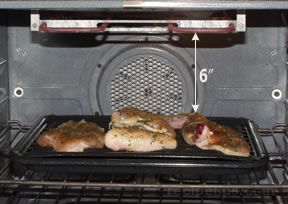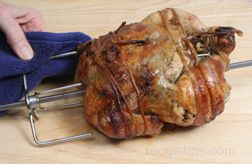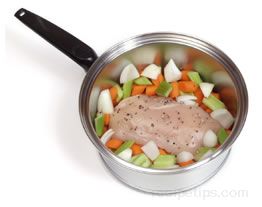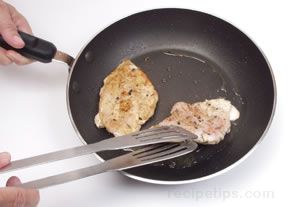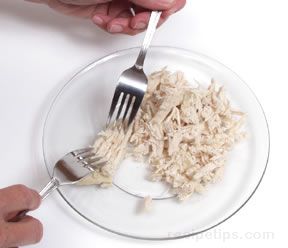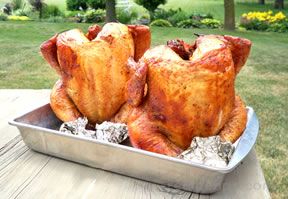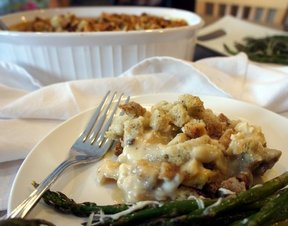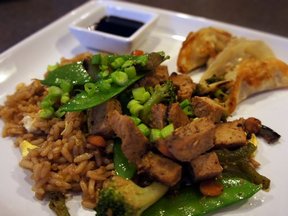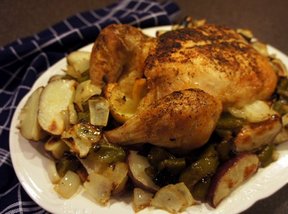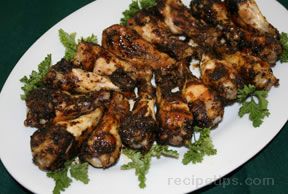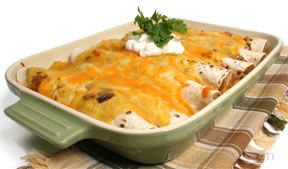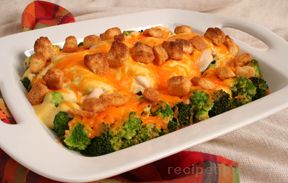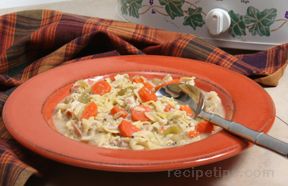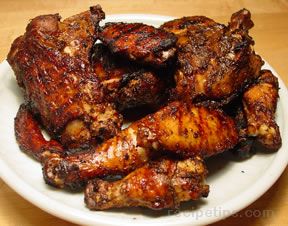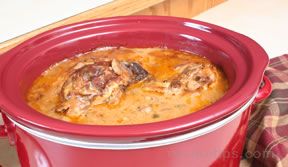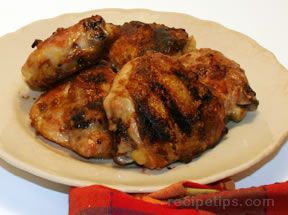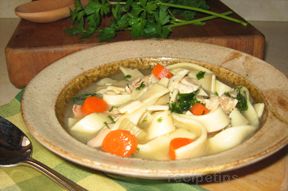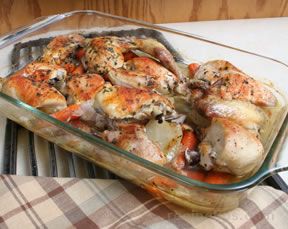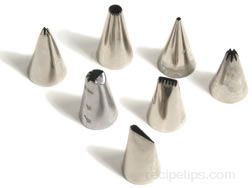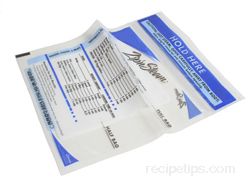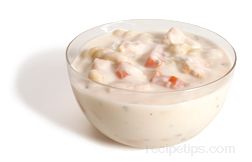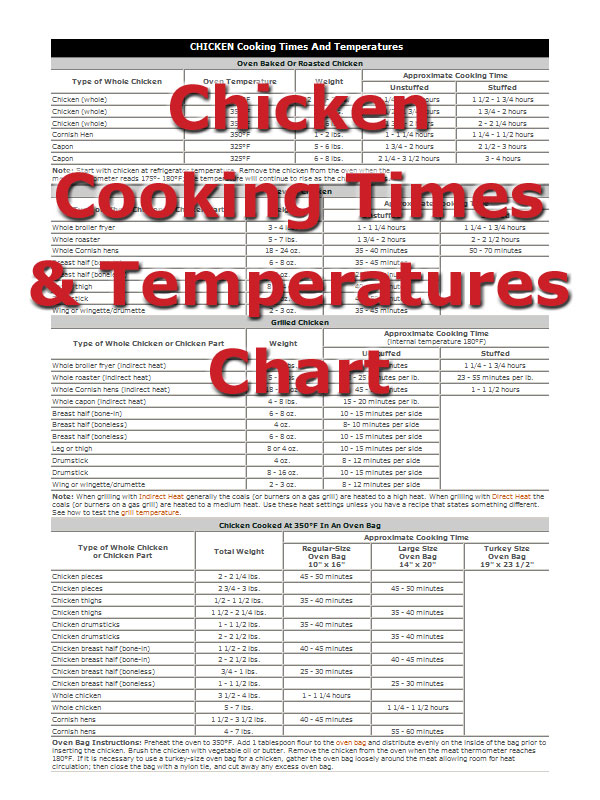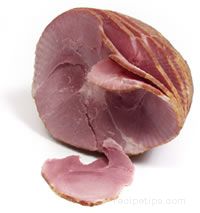|
Tenderness Tips
- Avoid freezing whenever possible to eliminate additional moisture loss during thawing, which results in less tender meat.
- Keep chicken from drying out in the refrigerator by keeping it tightly wrapped. If the chicken dries out, it will become tough.
- Leaving the skin on the chicken, when cooking it, helps to hold in juices, which increases tenderness.
- To keep breast area of chicken from drying out during roasting, place a piece of foil over this area. Remove during last 30 minutes of roasting time to allow the skin to brown properly.
- Cook chicken to the proper temperature, because undercooking the chicken will cause it to be tough and overcooking the chicken causes loss of moisture, making the chicken drier.
- Let roasted chicken rest for 10 to 15 minutes before carving to allow juices to be distributed throughout the meat. Standing the chicken up with bottom end up allows more juices to run into the drier breast area.
- Cutting meat across the grain will produce slices with shorter fibers, resulting in more tender pieces.
- When adding cooked chicken to dishes that have a long cooking time, it is best to use dark meat because it will stay moist longer than white meat.
Light Tips
- Roasting chicken on a rack, broiling and grilling are cooking methods that allow fat to drip away from the meat. Poaching, steaming and microwaving are methods of cooking where no additional fat is used. All provide for less fat content in the meat when it is done.
- When frying or browning chicken in a pan, use a nonstick skillet, which requires less added fat, or use a nonstick skillet with a fat free nonstick cooking spray to reduce the amount of fat used.
- Reduce added fat by seasoning chicken in marinades that are low-fat or fat-free. Use ingredients such as low-fat yogurt, juices, wine, herbs, and spices
- Removing the skin before eating chicken eliminates about two thirds of the fat content.
- When stewing chicken for soup, let broth cool and then discard fat that forms on top before reheating to serve.
Cooking Tips
- When adding chicken to a recipe that calls for a measured amount, determine how much chicken is needed by following a standard of one pound of boneless chicken equals approximately 3 cups of cubed chicken.
- When roasting a chicken, an untrussed chicken will cook faster and more evenly than a trussed chicken.
- Covered chicken takes longer to cook in the oven than uncovered chicken.
- When frying, grilling, broiling, or sautéing chicken, remove pieces as they get done to avoid overcooking while finishing other pieces. White meat and smaller pieces, such as breasts and wings, will get done faster than dark meat pieces, such as legs and thighs.
- For a quick test of doneness when roasting a chicken, hold on to the leg, move it around, and side to side. The leg should move freely at the joint if it is done. Be sure to use other methods for checking doneness also!
- Do not overcrowd chicken pieces when cooking. Leaving space between them will allow them to brown and cook more evenly.
- If using a marinade for basting, set some marinade aside before placing raw chicken in it to marinate. Never reuse marinade that the chicken was marinated in for basting.
- Be sure to use a sharp knife when cutting or carving chicken. Sharp knives will make the job a lot easier, especially when having to cut in the joint areas, and will provide neatly cut slices and pieces.
|





